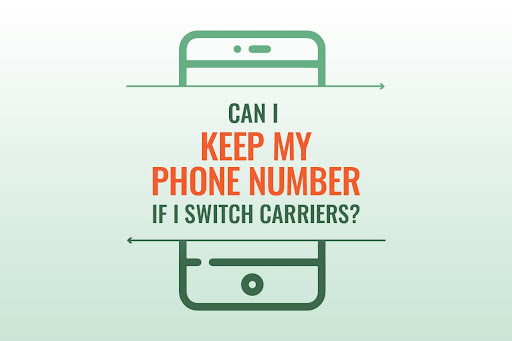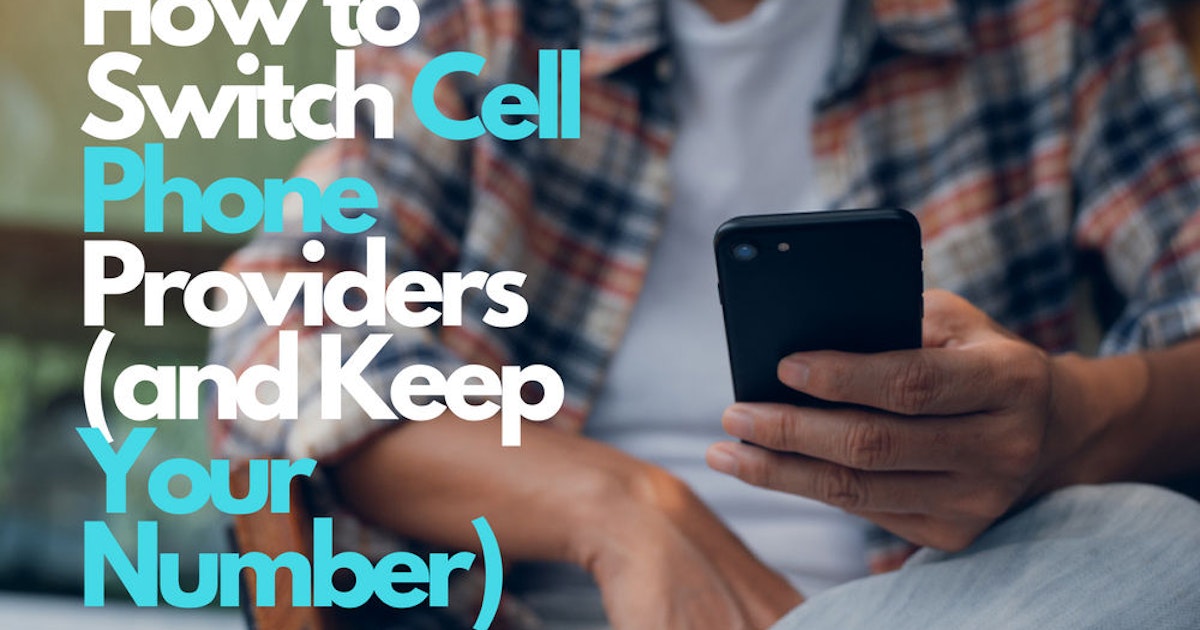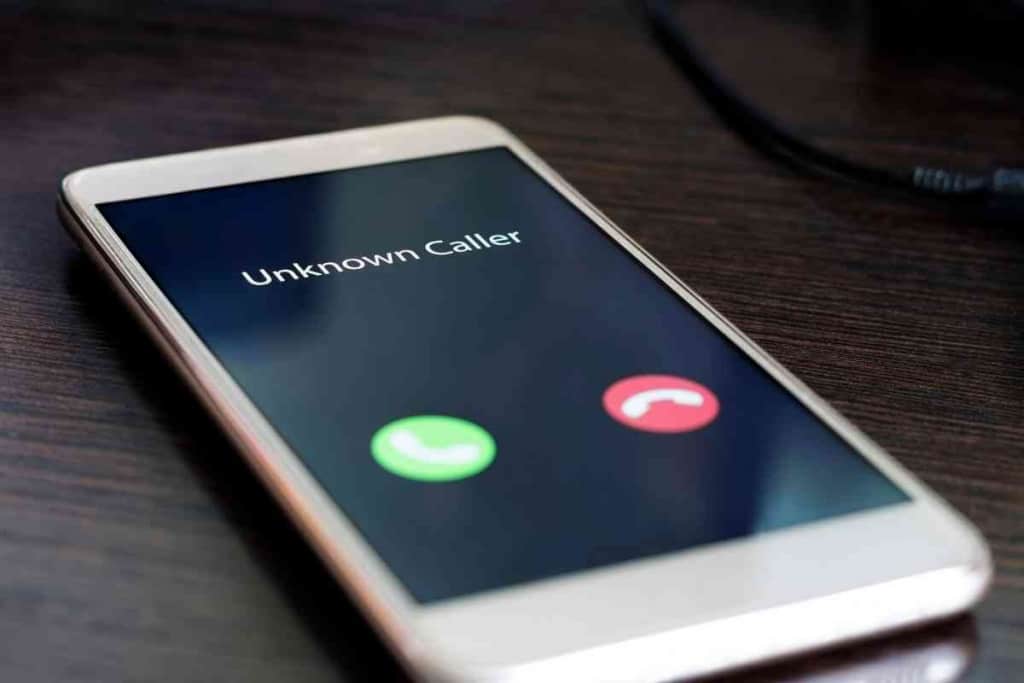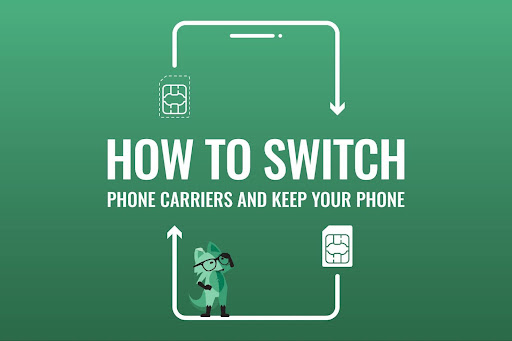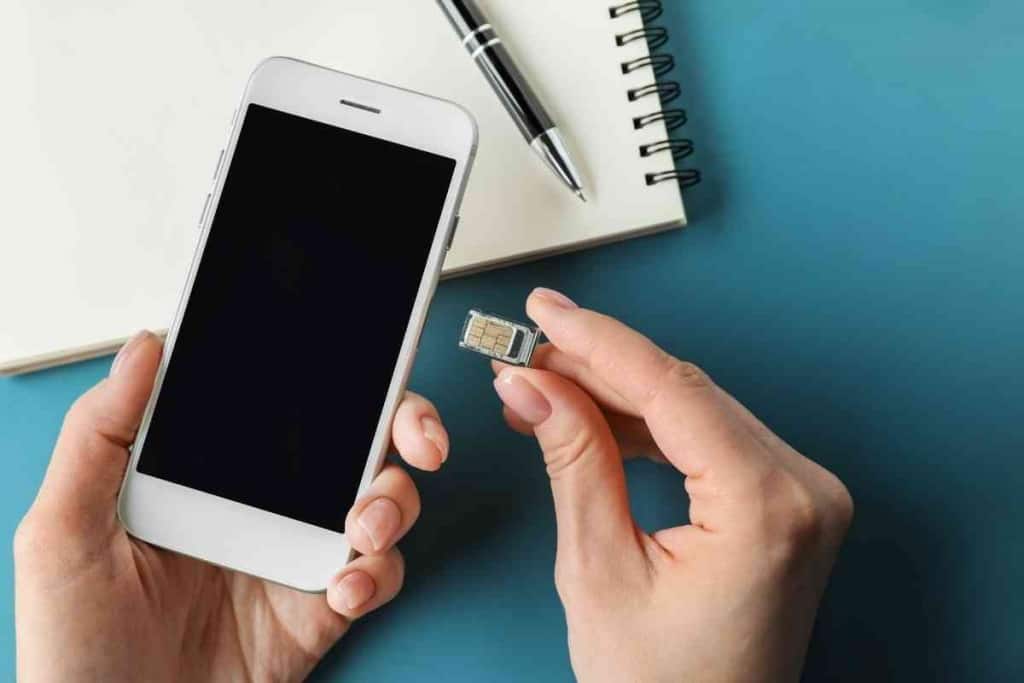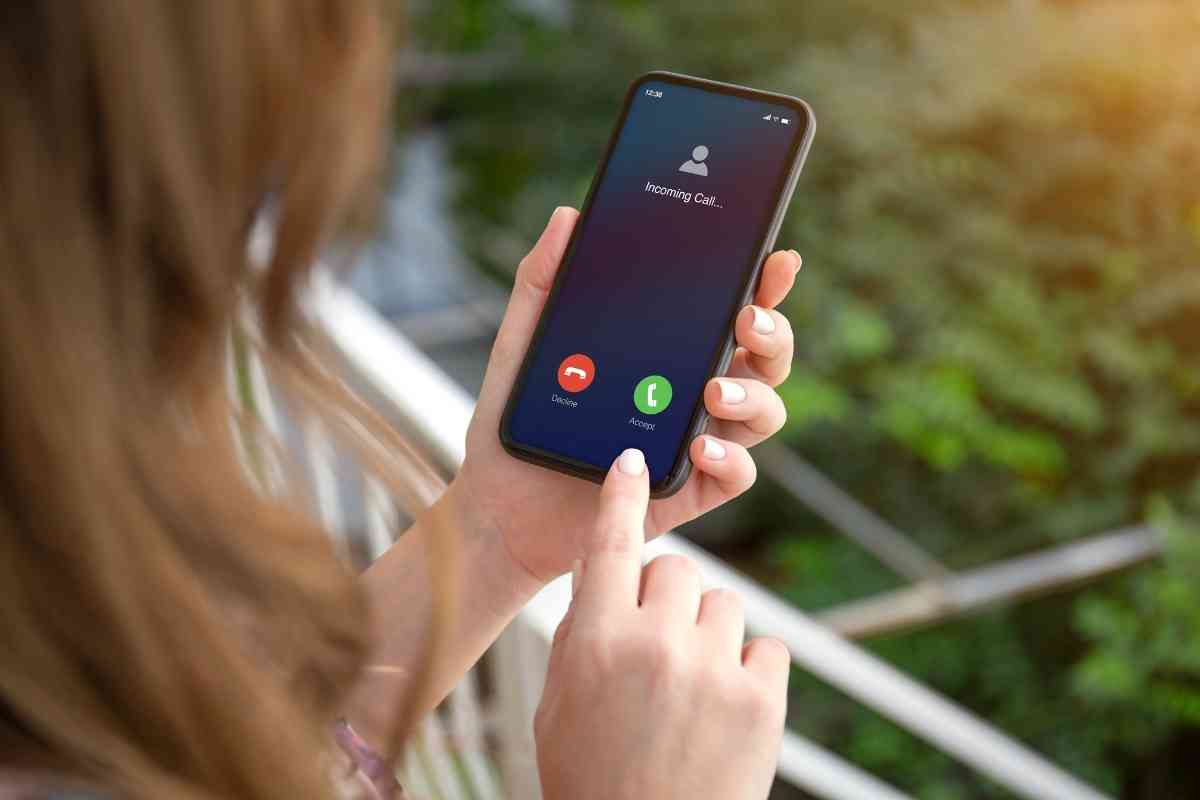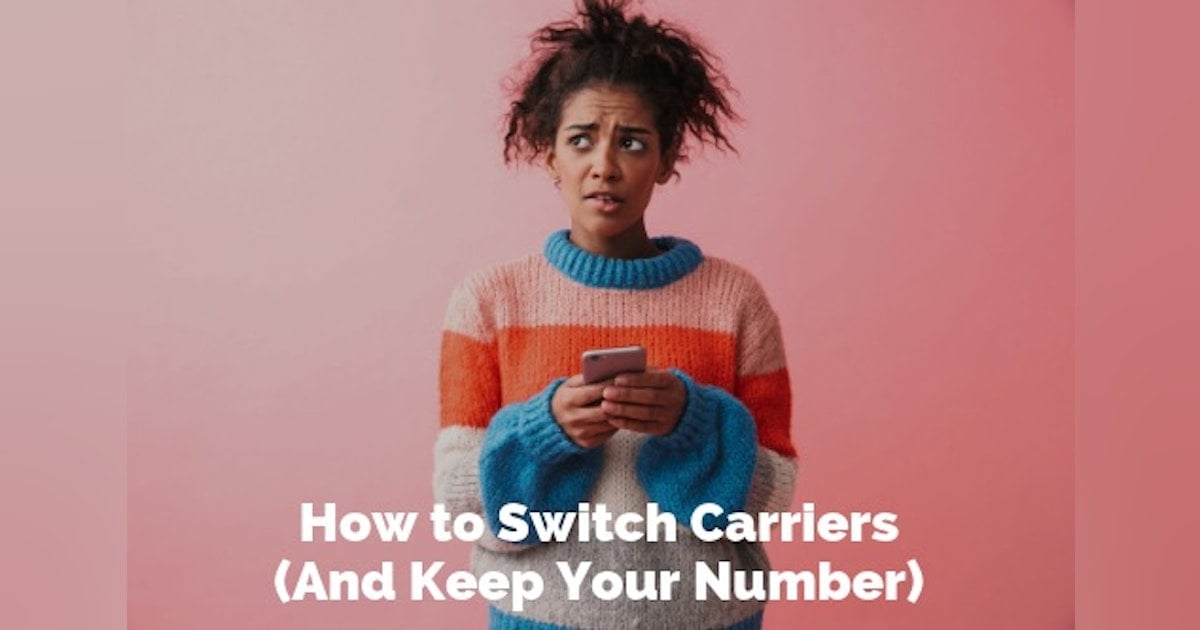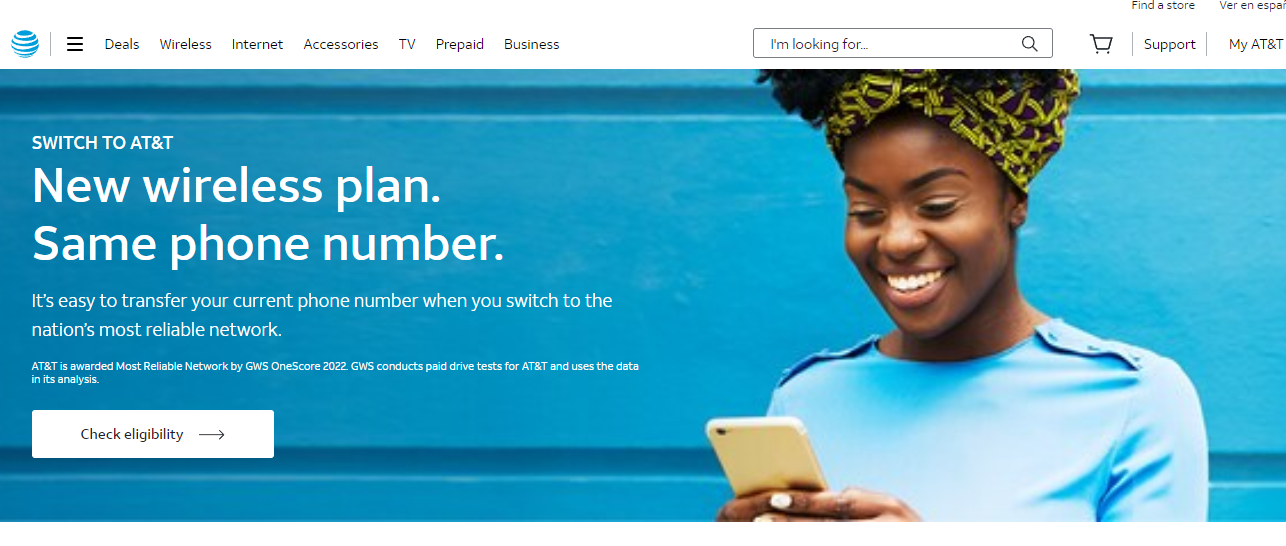I Want To Switch Phone Carriers But Keep My Number

Millions face a critical decision: switching phone carriers without losing their current number. The process, known as number porting, demands careful attention to avoid frustrating delays and potential service disruptions.
This article provides a concise guide to navigating the complexities of number porting, ensuring a smooth transition while retaining your vital contact information. Failing to follow these steps could result in a temporary loss of phone service.
The Essentials of Number Porting
What is number porting? It's the legal right to transfer your existing phone number from one mobile carrier to another. This right is protected by the Federal Communications Commission (FCC).
Who is involved? You, your current carrier (the one you're leaving), and your new carrier (the one you're joining). Each plays a crucial role in the transfer process.
When should you initiate the porting process? Once you've chosen your new carrier and activated a new account, but before canceling service with your old carrier. Canceling too soon can complicate the port.
Critical Steps to Ensure a Smooth Transition
First, obtain your Account Number and PIN from your current carrier. This information is mandatory for initiating the porting request with your new provider. Contact your current carrier's customer service or check your online account for these details.
Next, provide accurate information to your new carrier. Any discrepancies between the information you provide and what your current carrier has on file (name, address, etc.) will cause delays or rejection of the porting request.
Do not cancel your service with your old carrier until the porting process is complete and you can make and receive calls on your new phone. Premature cancellation will render your number ineligible for porting.
Be patient. According to the FCC, wireline-to-wireline or wireless-to-wireline ports should take no more than one business day. Wireless-to-wireless ports can often be completed in a matter of hours, but complexities can arise.
Expect a brief period of downtime during the actual port. This is when your number is being transferred between the two carriers' systems. Keep both phones accessible during this period.
Troubleshooting Common Porting Issues
Incorrect account information is a primary cause of porting delays. Double-check everything before submitting it to your new carrier.
If your porting request is rejected, contact your new carrier immediately to understand the reason. They will guide you on how to rectify the issue.
Delays can also occur if your account with your old carrier has outstanding balances. Ensure your account is in good standing to avoid complications.
Contact the FCC if you encounter unreasonable delays or resistance from either carrier. They have the authority to intervene and ensure compliance with porting regulations.
Ongoing Developments
The FCC continues to refine porting rules to protect consumer rights and streamline the process. Stay informed about any regulatory changes that may affect your ability to port your number.
Consumers may see the "STIR/SHAKEN" protocol implementation on their new carrier soon. This is a framework designed to combat caller ID spoofing, which is when robocallers or scammers disguise their identity by displaying fake numbers.
For more detailed information about number porting, visit the Federal Communications Commission website at www.fcc.gov.
